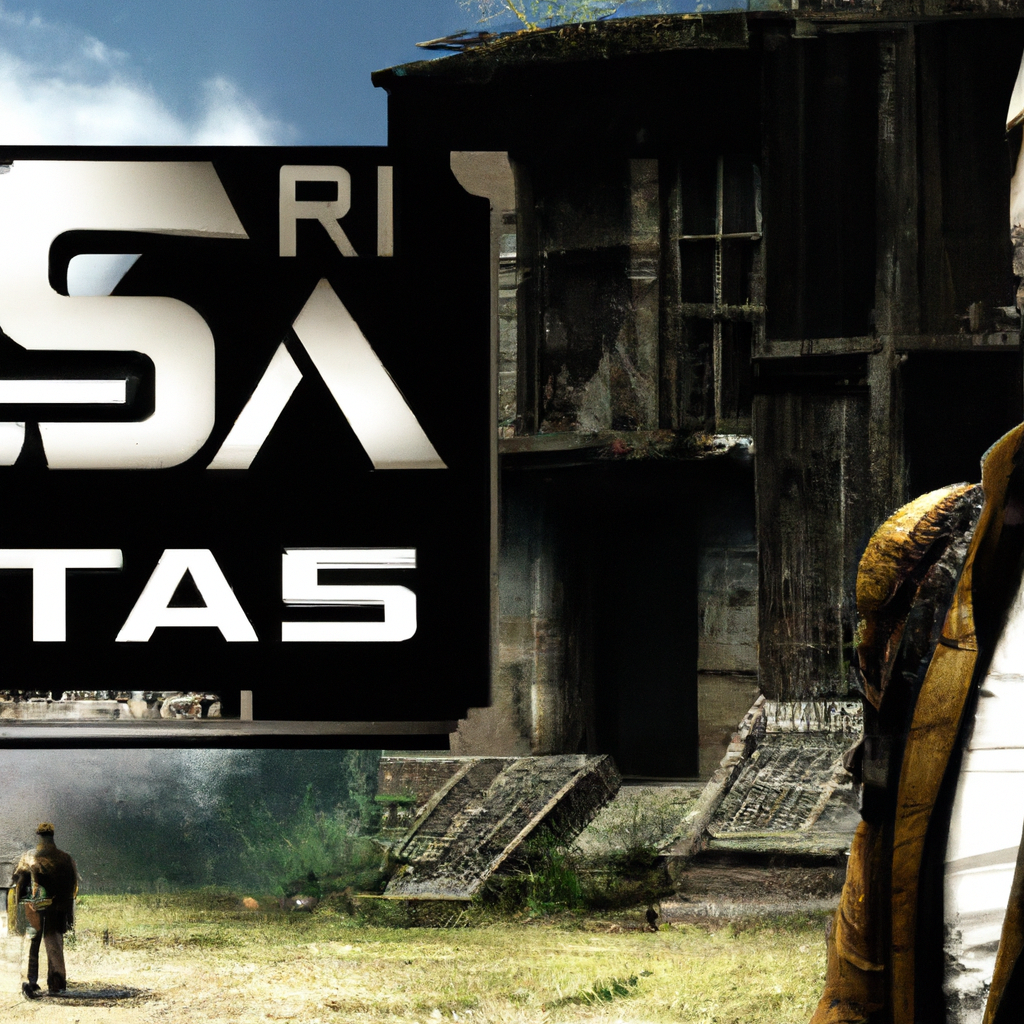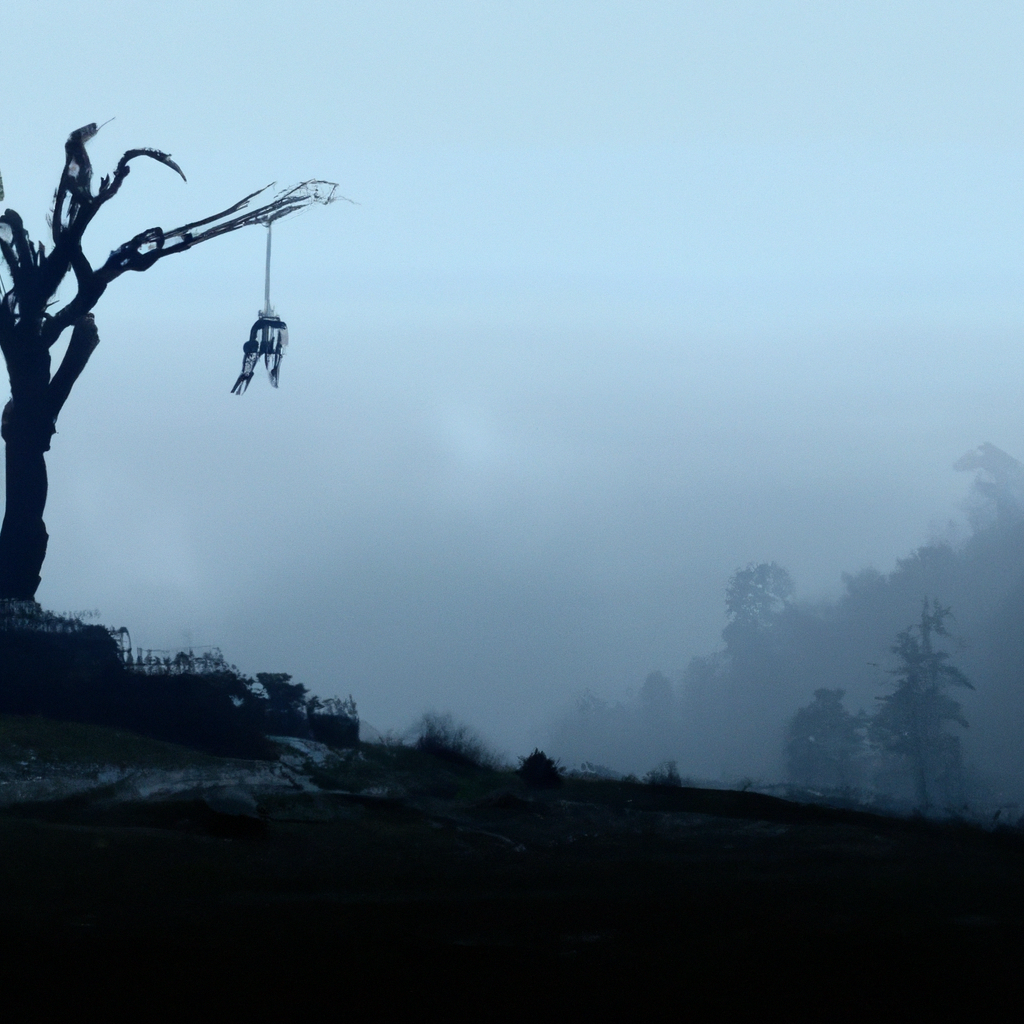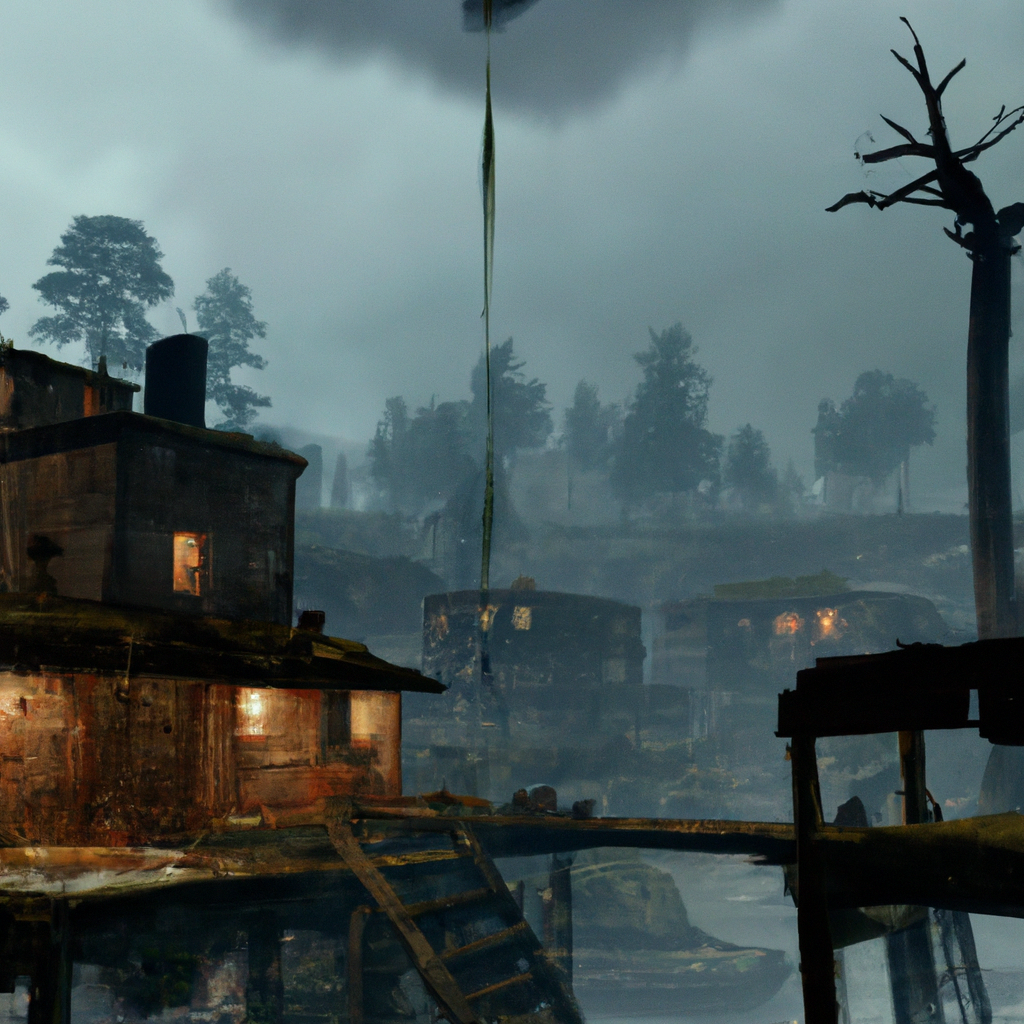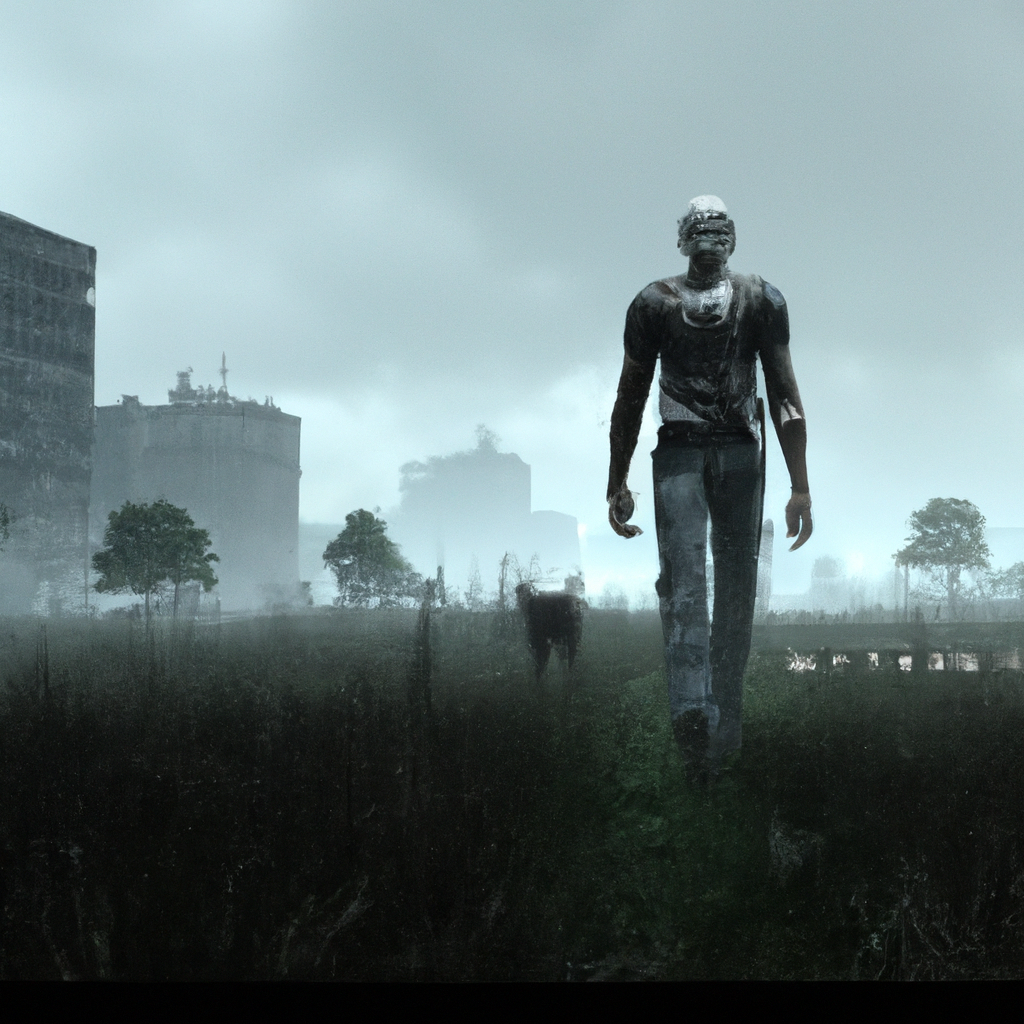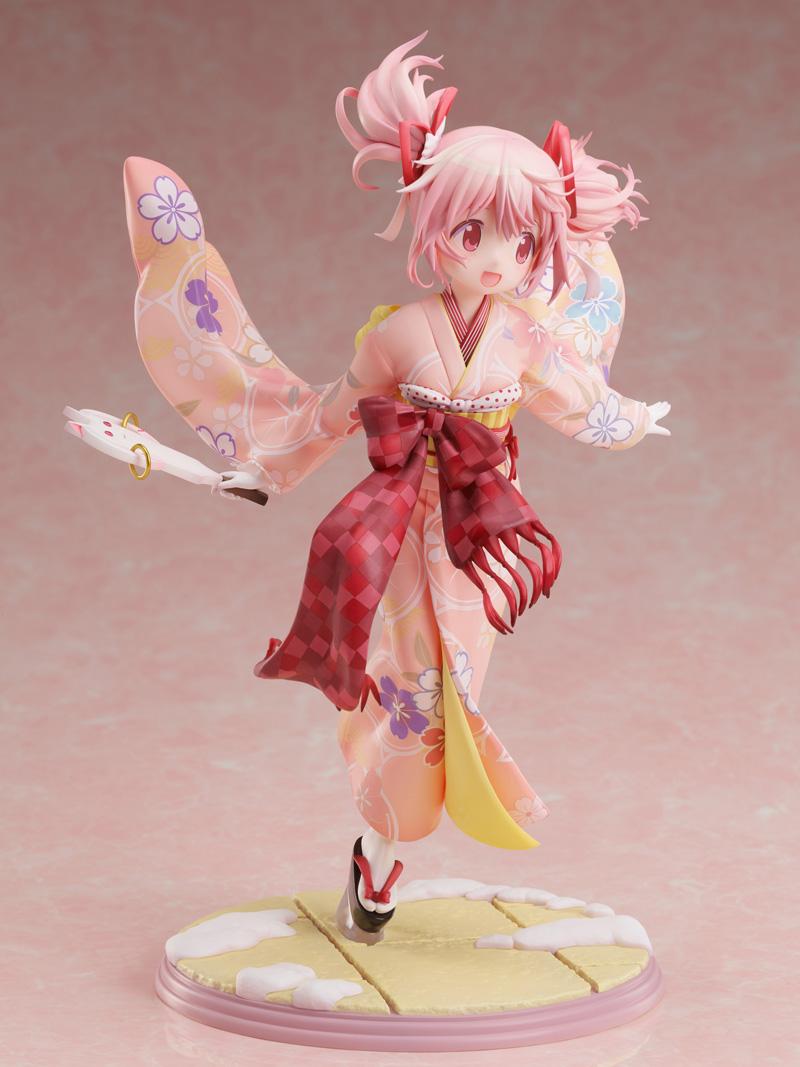A History of Resident Evil: From Biohazard to Resident Evil 4
Resident Evil, or Biohazard as it is known in Japan, is a long-running video game franchise that has become a staple of horror and survival gaming. It has captured the hearts of fans worldwide with its gripping gameplay, intense storylines, and unforgettable characters. From its humble beginnings to the iconic Resident Evil 4, the series has grown and evolved over the years, cementing its place in gaming history. In this article, we will explore the history of Resident Evil, from Biohazard to Resident Evil 4.
Origins – Biohazard (1996)
The first Resident Evil game, known as Biohazard in Japan, was released in 1996 for the Sony PlayStation. It was developed by Capcom and directed by Shinji Mikami, who would go on to direct several more titles in the series. The game was set in the fictional Raccoon City and introduced us to two playable characters, Jill Valentine and Chris Redfield, who were members of an elite police unit known as S.T.A.R.S. The story was centered around the T-Virus, a genetically engineered bioweapon that had turned the majority of the population into bloodthirsty zombies.
The game was a commercial success, selling over five million copies on the PlayStation alone, and spawned several sequels and spin-offs. It received critical acclaim for its atmospheric horror, intense gameplay, and intricate puzzles. Biohazard was also the first game to introduce the “survival horror” genre, which would go on to become a staple of horror gaming.
Resident Evil 2 (1998)
Two years after the release of Biohazard, Capcom unveiled Resident Evil 2, which was released for the PlayStation, Nintendo 64, and PC. The game expanded on the original with two new playable characters, Leon S. Kennedy and Claire Redfield, who are thrust into the nightmare of Raccoon City during the height of the zombie outbreak.
Resident Evil 2 improved upon its predecessor’s graphics, gameplay mechanics, and story, introducing new enemies and puzzles to challenge the player. It was another commercial and critical success, selling over six million copies worldwide.
Resident Evil 3: Nemesis (1999)
Resident Evil 3: Nemesis was released in 1999, again for the PlayStation, PC, and Dreamcast. It took place 24 hours before and after the events of Resident Evil 2 and followed Jill Valentine as she tried to escape Raccoon City while being pursued by a new enemy, the Nemesis. This creature was programmed to hunt down and kill S.T.A.R.S. members, making it a terrifying and formidable opponent.
Resident Evil 3: Nemesis had a unique branching narrative system that allowed players to make choices that affected the outcome of the game. It also introduced new weapons and items to the series, such as the explosive C4 and the gunpowder mixing system. It sold over three million copies worldwide and received positive reviews, although there was some criticism for its recycled environments and lack of innovation.
Resident Evil Code: Veronica (2000)
Resident Evil Code: Veronica marked the first time that the Resident Evil series had been released exclusively for a home console, in this case, the Sega Dreamcast. It was later ported to the PlayStation 2 and GameCube. The game followed Claire Redfield as she searched for her brother Chris, who had gone missing while investigating Umbrella Corporation. She is captured by the company and sent to their secret Antarctic base, where she uncovers a sinister conspiracy and battles new enemies, including the Ashford family.
Resident Evil Code: Veronica was praised for its graphics, story, and music, although some criticized the voice acting and puzzles for being too difficult. It sold over 1.4 million copies worldwide.
Resident Evil Zero (2002)
Resident Evil Zero was released in 2002 for the Nintendo GameCube and was a prequel to the first Resident Evil game. It followed S.T.A.R.S. member Rebecca Chambers and fugitive Billy Coen as they investigated a series of murders in the Arklay Mountains. The game featured a new gameplay mechanic that allowed players to switch between the two characters on the fly, each with their own set of skills and abilities.
Resident Evil Zero received mixed reviews, with some praising the graphics and gameplay while others criticized the cumbersome inventory system and lack of innovation. It sold over one million copies worldwide.
Resident Evil (2002)
In 2002, Capcom released a remake of the first Resident Evil game for the Nintendo GameCube. The game featured updated graphics, sound, and gameplay mechanics, as well as new areas and enemies. It received critical acclaim for its faithful recreation of the original game, while also adding new elements to enhance the experience.
Resident Evil was praised for its atmosphere, level design, and attention to detail, selling over two million copies worldwide.
Resident Evil 4 (2005)
Resident Evil 4 was released in 2005 for the Nintendo GameCube and PlayStation 2 and marked a significant departure from the series’ previous games. It featured a new protagonist, Leon S. Kennedy, who is sent to a rural village in Europe to rescue the President’s daughter, Ashley Graham. The game introduced a new over-the-shoulder camera perspective, allowing for more precise shooting and melee combat. It also had a faster pace, with more action and fewer puzzles.
Resident Evil 4 received universal acclaim and is widely regarded as one of the best video games of all time. It won numerous awards for its graphics, voice acting, and gameplay mechanics, as well as its gripping storyline. Resident Evil 4 sold over 7.5 million copies worldwide and is still considered a benchmark for horror and survival gaming.
Conclusion
Resident Evil has come a long way since its first release in 1996. It has evolved and grown, introducing new characters, enemies, and gameplay mechanics while still maintaining its trademark horror atmosphere. From Biohazard to Resident Evil 4, the series has captivated audiences worldwide and left an indelible mark on the gaming industry. With a new generation of consoles on the horizon, there is no doubt that Resident Evil will continue to terrify and thrill gamers for years to come.
